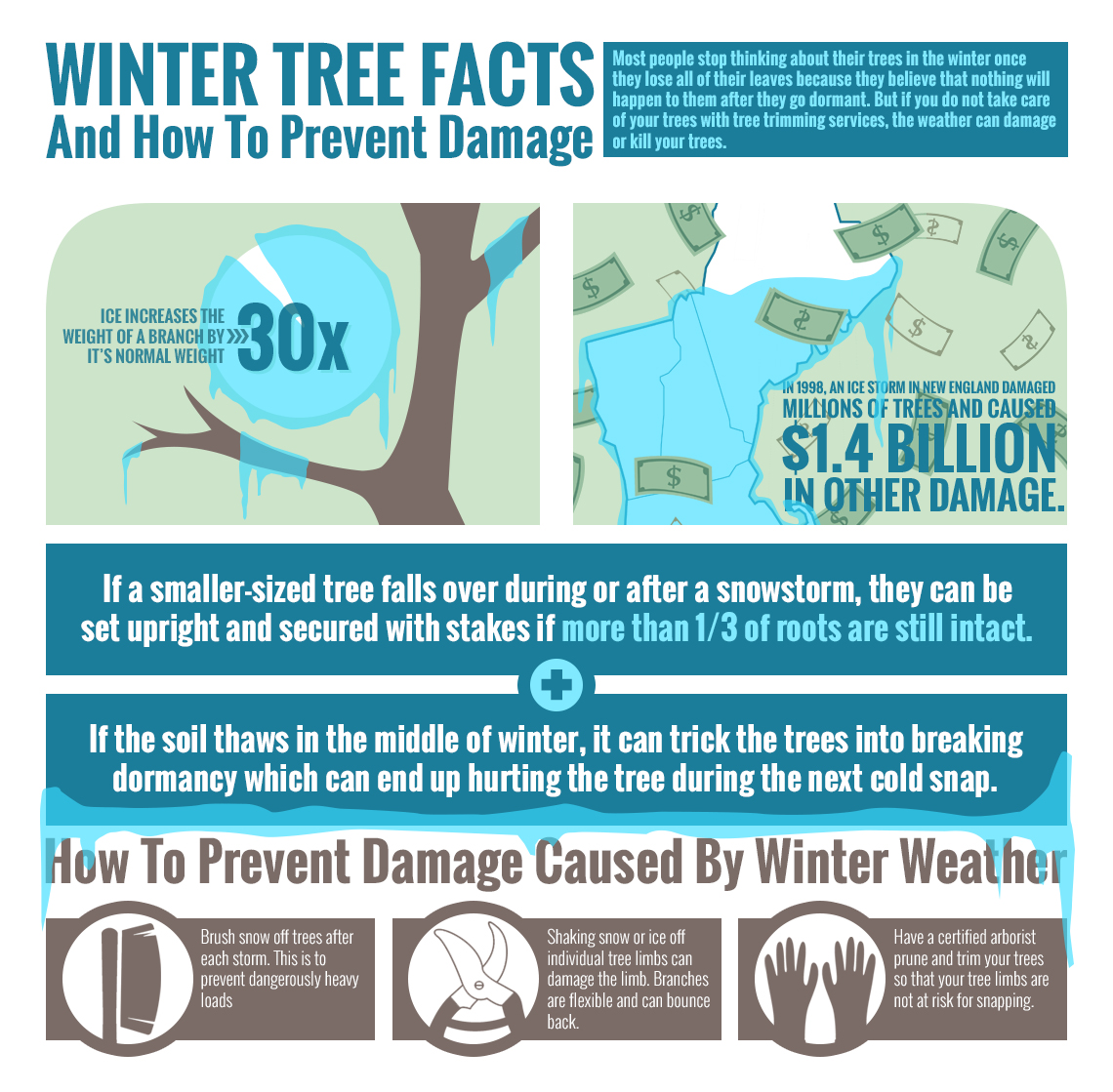Identifying The Correct Time For Tree Removal - An Overview For Homeowners
Identifying The Correct Time For Tree Removal - An Overview For Homeowners
Blog Article
https://howtostoptreestumpfromspr17395.bloginder.com/29945824/guarding-your-landscape-replanting-after-tree-removal -Siegel Abrahamsen
Trees include elegance and worth to home, but they can likewise pose a threat during severe weather occasions. If a tree has actually quit growing, is displaying visible fungal development, or has a leaning trunk, it needs to be gotten rid of by a professional to prevent building damage and injury.
To learn more, go to a house owner resource fair co-hosted by HPD, the Center for NYC Neighborhoods, and Brooklyn-based real estate partners this night in Bedford-Stuyvesant. The occasion will include the Home owner Manual, a brand-new overview to aid property owners navigate the responsibilities of possessing a home.
1. Dead or Dying Branches
Trees are an essential part of your home's landscape, offering shade and elegance. They also supply shelter for wild animals and generate oxygen, but even healthy and balanced trees can experience health problems that might necessitate their elimination. Dead or dying trees aren't just unattractive, they can be harmful. Their branches can drop throughout a tornado, resulting in pricey property damages and injuries.
When a tree's branches begin to pass away, it implies that its framework is starting to break down. If the majority of its branches are dead, it is most likely time to remove it.
Seek an absence of brand-new development, bark peeling, open injuries or cavities, fungis growing on the trunk or roots and a basic look of degeneration in the entire canopy. These indications of infection can suggest a significant problem that will certainly call for specialist tree services to solve.
2. Leaning Trunk
While it's normal for trees to lean periodically as a result of phototropism, if a tree has an unsafe or severe lean that's not because of natural processes - it could be a sign that the tree needs to be removed. If the tree is leaning toward a power line, home, vehicle, play structure or any other area that could be hazardous to people if it drops, then contacting an expert tree solution for elimination should be a leading concern.
It's likewise vital to watch for any kind of sudden changes in a tree's leaning as it can suggest damage to the origins or trunk that might lead to falling. This is specifically true throughout thundercloud, since high winds and rain-soaked dirt can trigger a lean to change quickly. Normal tracking, especially throughout and after tornados can aid homeowners recognize potential issues with their trees so they can call an arborist for an extensive evaluation.
3. Bug Invasion
Some pest invasions, such as wood-boring pests like emerald ash borer or sap-suckers like scale insects, are so severe that they can cause a tree to pass away. The most effective method to stop pest infestation is to monitor your trees regularly. Seek places, holes, or discolorations in the leaves and bark. Analyze the trunk for cracks and indicators of insect damage, such as tunnels or tracks.
If a tree comes to be too ravaged with bugs, or is close to a home or power lines, an arborist might suggest removal. If a leaning tree develops a new, unpredictable lean, an arborist will likely suggest elimination too to make certain the security of people and building. If a weakened or dead tree constantly drops excessive branches, it is a sign that it is time to get rid of the tree. If a tree remains to drop branches for an extended period of time, it could result in structural issues and potential property damage.
4. Harmed Trunk
Trees are a beautiful and vital part of our landscape, but they do need normal care to maintain them healthy and balanced and secure. If Read More At this website is harmed beyond repair it is most likely time for it ahead down.
Try to find indicators of damages to the trunk, consisting of upright splits, seams, dead branch stubs, noticeable wounds or open tooth cavities and serious tree-rot. The presence of fungis at the base of the trunk is an additional advising sign. Fungi may show that the phloem and xylem (life-support tissues) are jeopardized, permitting the spread of illness or a future failure.
Also, take into consideration whether the tree has actually quit expanding. Healthy trees will certainly have brand-new development every year, which might show up as buds or branches growing and extending. If you don't see any kind of new development, it's a great idea to have an arborist evaluate the tree and follow their referral for elimination. A passing away or damaged tree can drop and cause property damages.